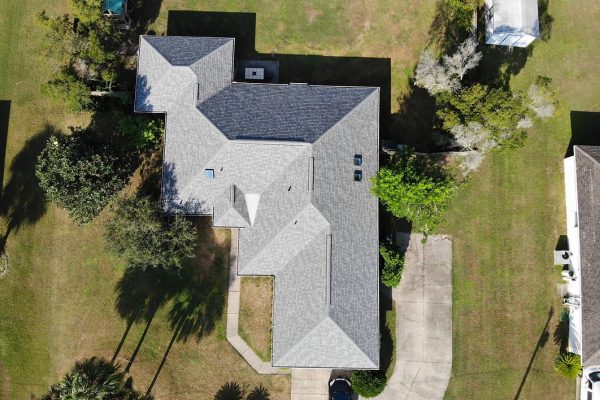What Happens During Your Roof Inspection?
A. Exterior Review
Shingles/Tiles: Look for cracks, missing pieces, or signs of UV damage.
Flashing: Check around skylights, chimneys, and vents for rust or gaps.
Gutters and Downspouts: Should be clean, secured, and flowing freely.
Soffit and Fascia: Look for rot, mold, or insect activity.
Ventilation & Debris: Ensure proper airflow and remove debris that may trap moisture.
B. Interior Review
Attic and Ceilings: Watch for water stains, sagging, or mold.
Insulation: Poor insulation can lead to moisture issues and increased energy bills.
Structure: Check for signs of sagging or framing weaknesses.
C. Detailed Reporting
Written Report: Should include photos, condition summaries, and recommended actions.
Honest Explanation: The roofing inspector should clearly explain what they found and what needs fixing.

